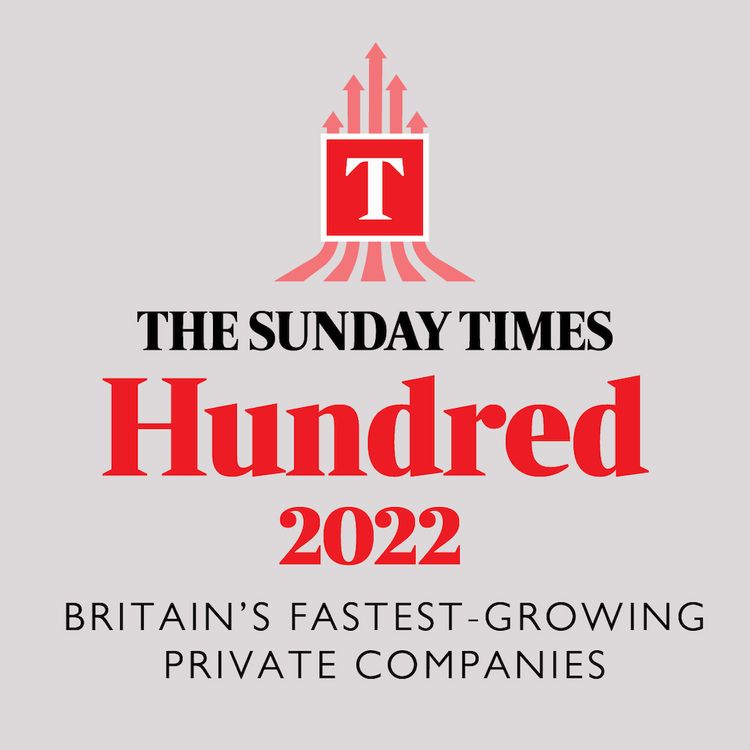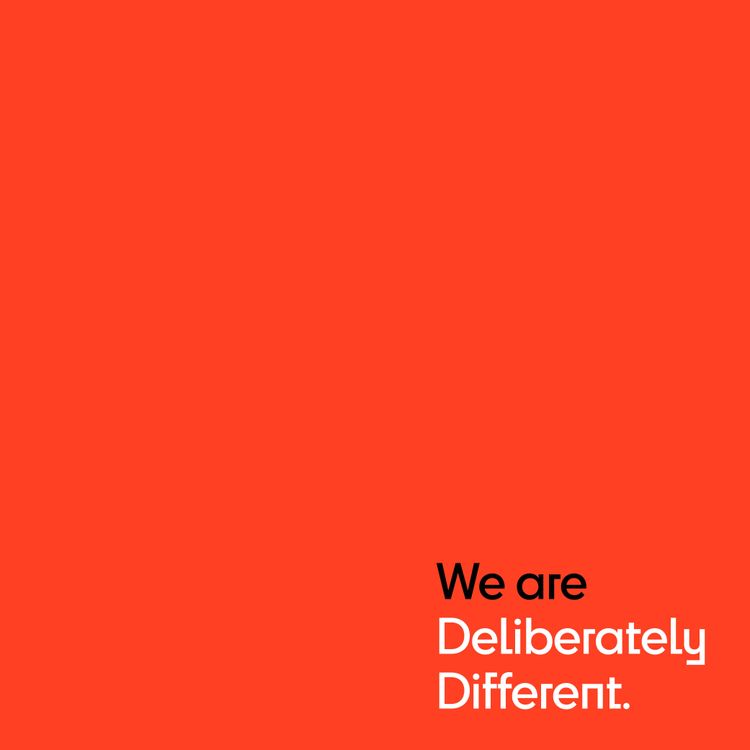Tecknuovo ranked on the Sunday Times 100 Fastest-Growing Companies list
Tecknuovo are ranked 78th on the Sunday Times 2022 100 Fastest-Growing Companies list. This list recognises the fastest-growing private companies in the United Kingdom.

If asked “how good is your product?”, what would you answer? Chances are you’d quote numbers, share customer feedback, or detail an amazing growth journey.
But how often, when asked this question, did you mention the team who created the product? Personally, I’ve done this only once. After publishing my first video game I was full of joy, and calling out my team’s fantastic work was how I expressed my gratitude. Video games and movies are unusual in celebrating the work of their product teams with a credit section – something I’ve always appreciated.
There are two types of teams. Delivery/feature/project teams are all about output. They work from a prioritised list of features in a roadmap that’s been prioritised by a stakeholder or executive. Product teams, by contrast, are focused on outcomes, and work with customers to co-create solutions and opportunities that deliver value for the customer and work for the business. In a product team, deep knowledge of the customer, data, the business and the market are essential.
On a fundamental level, a product is the interface between a business and a customer. Customers buy products to help them complete a job in a better way. And a product is more about people than the product itself. After all, there’s no product without a team. With that in mind, If you want to create a great product, you should make nurturing a great team your priority.
Why the emphasis on nurturing teams? No two teams are the same, because quite simply, every person on those teams is unique. If you ask five teams to build you a chair with four legs, you will get five different chair designs with four legs (or maybe three legs!). Team communication, collaboration, curiosity, creativity and critical thinking are all elements that impact the product. Daily interactions between team members shape an intangible network of emotions and decisions that unfold a mindset. This mindset leads to behaviours that can either promote growth or promote stagnation.
There are many reasons why we might forget about the product team:
Can we do better? Yes, we can, and it’s all about culture.
Tecknuovo has a wonderful core value proposition. People satisfaction and customer satisfaction are equally important. Simple but profound.
From a product perspective, this is the sort of culture that will bring out the very best result. A product is meant to connect creators and consumers, and creators inspire consumers to fulfil their unmet needs in new ways.
Together they co-create products that are loved, get recommended and start communities. This is no easy task and takes commitment and effort from both the organisation and its teams.
If you work in a product team, there are simple steps you can take to repair and strengthen your team bond. As a starter, leave the office and go out to have some fun together. If your team is distributed, when was the last time you gathered together? Co-location every three months helps a lot.
Consider the fact that everyone on the team is a problem solver in their own way, specialises in a language (e.g. design, code) and thinks differently to their peers. The earlier we can discover, understand and champion a team’s cognitive diversity, the better. It will help to create and nurture mutual understanding, respect and psychological safety. These things are critical for building a sense of belonging, which in tandem accentuates the key role a product team plays in creating a product.
I leave you with this gedanken experiment. What if we think beyond product and reframe our original question to “how good is your company?” What will you answer to impress your audience?
Juan writes more about continuous product discovery and delivery on his blog. To read more, click here or follow along on LinkedIn here.
First principles thinking teaches us to break systems down to the fundamental parts and start building up from there. A first principle is a basic assumption that cannot be deduced any further.
There is a missed opportunity if we do not consider an experiment as the fundamental building block — or first principle — from idea to scale. An experiment is agnostic to the lifecycle of a product/service/device, is versatile to validate any high-risk assumption, and is less prone to misinterpretation (unlike “Agile”) by cross functional disciplines. It’s the “mind the gap” experiment" in the digital medium.
Past the experimentation phase, technology can help us link digital experiments from idea to scale in seemingly countless ways. To get started, no-code platforms facilitate fast and low-cost early product prototypes. Serverless cloud removes the operational burden of application development and deployment. Further maturity around customer behavior may trigger a new modular service architecture that supports experimentation using micro frontends. Finally, global growth ambitions can be orchestrated by a new digital experimentation platform to support hundreds or thousands of multi-regional concurrent experiments.
Digital experiments can also complement the physical space. Technologies like “digital twins” create a digital representation of a physical system, and give data consumers the freedom to experiment with future scenarios. Early experimentation in the digital simulation to test a device’s operational limitations can be scaled later, or even replace devices in the real world.

Tecknuovo are ranked 78th on the Sunday Times 2022 100 Fastest-Growing Companies list. This list recognises the fastest-growing private companies in the United Kingdom.

We developed the Zero Dependency framework through our work with four customers. They each had unique challenges but one wish in common: to independently manage and own the technology that powers their business success.

Our difference is defined by our focus on People, Patterns, and Pace. That means we build bespoke high-quality teams, apply our proven ways of working and solve our customers’ challenges quickly.
Get the inside scoop — delivered straight to your inbox.